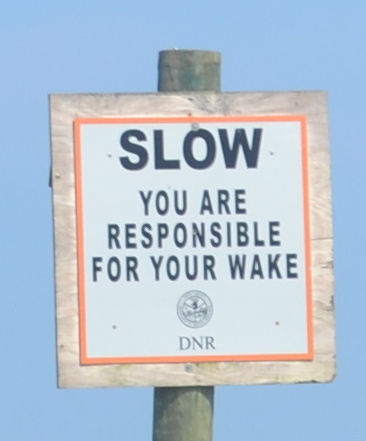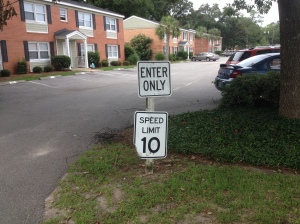Normative Forfeiture
 This sign is posted by the lineup for a small roller-coaster at the Canadian National Exhibition, in Toronto. It says “No Saving Space in Line. Leaving the line forfeits your spot. Thank you.”
This sign is posted by the lineup for a small roller-coaster at the Canadian National Exhibition, in Toronto. It says “No Saving Space in Line. Leaving the line forfeits your spot. Thank you.”
A couple of interesting things, here. First, “No Saving Space.” It rings odd, because in most circumstances, “Saving Space” is a good thing. When packing for vacation, you leave bulky items out of your suitcase to “save space.” Etc.
Note also the use of the word “forfeits.” Is that a widely-understood word? (I’m a professor, and I would be cautious using that word with, say, junior students. It seems like an upper-level bit of vocabulary.) I’m not sure I’ve ever seen that word on a public sign in North America.
Note finally that this is not a rule that anyone of the workers at the roller coaster is liable to enforce. It’s just a statement of…well, it’s an assertion of not just a rule, but a kind of moral truth. By doing X (leaving line) you cause something to happen (namely, you have caused yourself to lose a certain status, that of the legitimate owner of that place in line).













